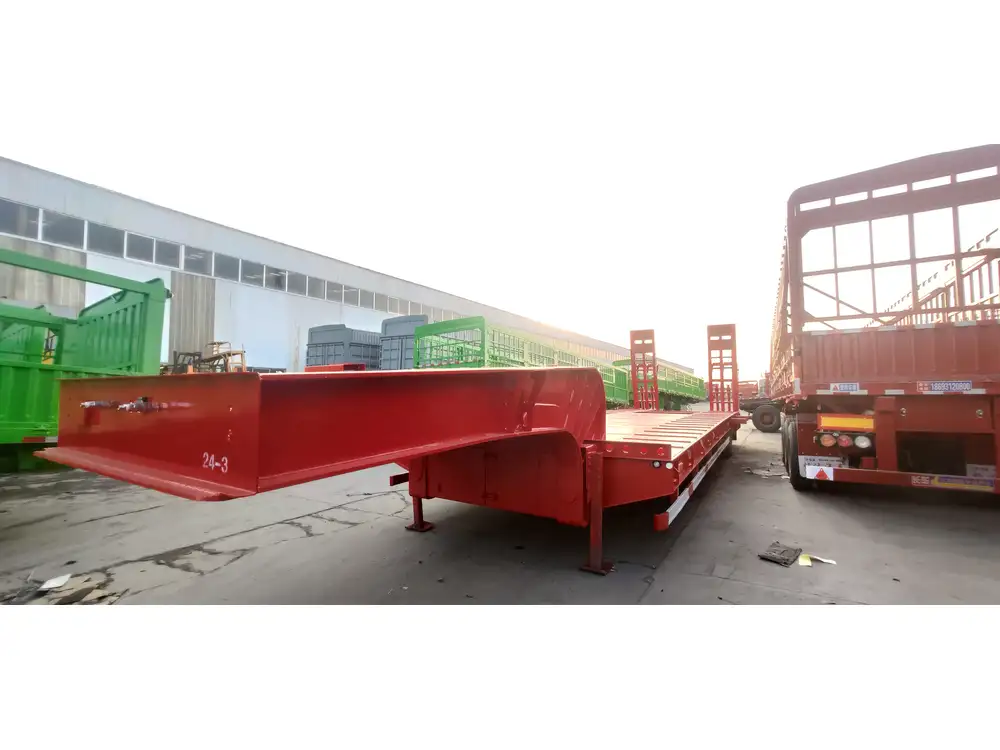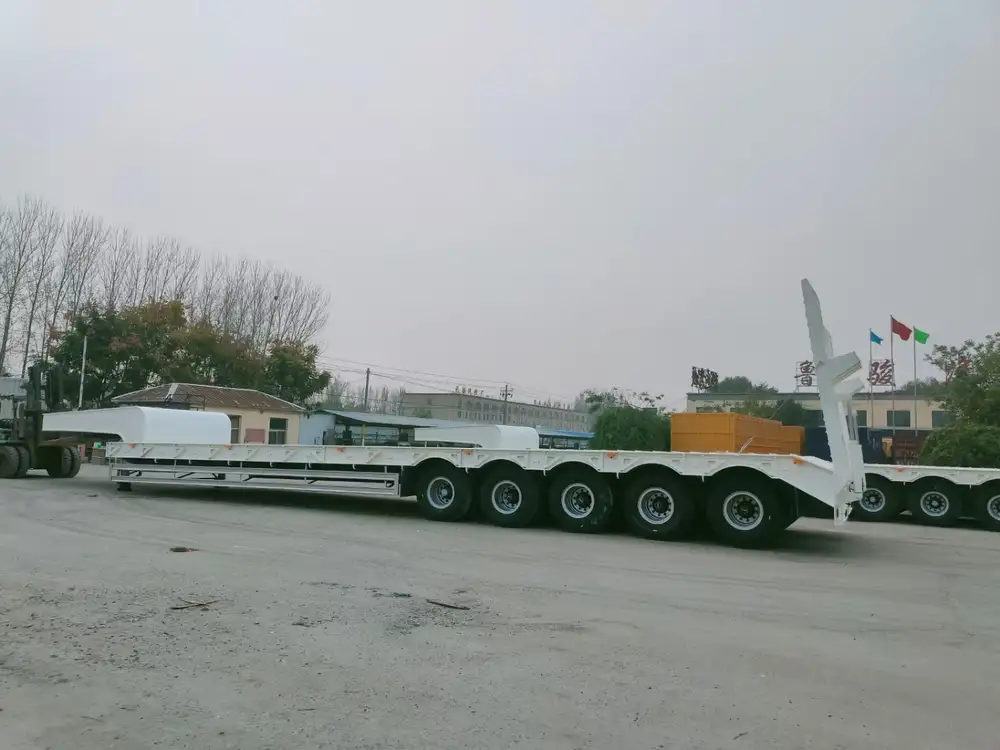Water trucks serve a myriad of essential functions in construction, agriculture, and municipal services. A primary consideration when selecting or operating a water truck is its capacity, commonly expressed in gallons. This article dives deep into the various types of water trucks, their typical capacities, advantages of different sizes, and considerations for choosing the right one for your needs.
Types of Water Trucks
Water trucks come in several configurations, each tailored to specific applications. Understanding these distinctions is vital for determining the appropriate size and capacity for your needs.
| Type of Water Truck | Description | Typical Capacity |
|---|---|---|
| Standard Water Truck | General-purpose trucks for construction and dust control | 1,000 to 3,000 gallons |
| Heavy-Duty Water Truck | Designed for heavy loads and challenging terrains, often with reinforced features | 3,000 to 5,000 gallons |
| Specialized Water Truck | These include agricultural trucks, tanker trucks for fire-fighting, and more | 2,000 to 6,000 gallons |
1. Standard Water Trucks
Standard water trucks are the most commonly used in construction and landscaping. Typically, these trucks can hold between 1,000 to 3,000 gallons of water. They are equipped for on-site dust control, supplying water for compaction, and even mixing concrete.

2. Heavy-Duty Water Trucks
Heavy-duty models cater to more demanding environments, such as remote construction sites or hazardous areas. With capacities ranging from 3,000 to 5,000 gallons, they are built to handle greater stresses, featuring stronger frames and larger engines.
3. Specialized Water Trucks
Specialized water trucks address niche requirements. For example, agricultural water trucks, fire-fighting tankers, or municipal tankers can have capacities from 2,000 to 6,000 gallons. Their design may include additional features like spray nozzles, pumps, and specific plumbing systems tailored to their function.
Understand Your Requirements: Capacity Consideration
Choosing the right capacity is crucial, and a thorough analysis of your operations can guide this decision. Below are some considerations to keep in mind:

1. Application Type
- Construction Sites: Evaluate the dust control needs and water requirements for mixing and curing concrete.
- Agriculture: Consider the land size and watering needs of crops or livestock when selecting a truck.
- Municipal Services: Understanding the needs for fire suppression, street cleaning, and park maintenance can influence your choice.
2. Frequency of Use
Assess how often you plan to use the water truck. Higher frequencies may justify investing in a larger capacity truck to minimize trips to the fill station.
3. Terrain and Accessibility
The terrain can hinder or ease access to refill stations. In remote locations, consider larger capacities to reduce the need for frequent refilling.

How Many Gallons Does a Water Truck Hold? Typical Specifications
To clarify the situation further, here’s a breakdown of various truck specifications across the three types discussed earlier:
| Truck Type | Dimensions | Typical Tank Capacity (Gallons) | Usage Scenarios |
|---|---|---|---|
| Standard Water Truck | 20-30 feet long, 8 feet wide | 1,000 – 3,000 | General construction, dust control |
| Heavy-Duty Water Truck | 25-35 feet long, 8-10 feet wide | 3,000 – 5,000 | Rough terrain, construction sites |
| Specialized Water Truck | 20-40 feet long, varies | 2,000 – 6,000 | Firefighting, agricultural needs |
Understanding Gallon Capacity
A critical point in the operational framework of a water truck is its tank’s capacity measured in gallons. Typically, truck distributors and manufacturers will define gallon capacity based on the internal volume of the tank, which can differ due to multiple factors, including design and shape. This aspect often affects efficiency, especially in high-demand scenarios.
Factors Impacting Water Truck Capacity
Tank Design: The shape and design of the tank (e.g., cylindrical, rectangular) can affect how much water it can hold. Tanks with different shapes may also distribute weight differently, influencing maneuverability.
Weight Distribution: The maximum weight capacity of a truck can impact the amount of water it can carry. Water is heavy; exceeding weight limits can result in fines, damage, or accidents.
Compliance Regulations: Many regions have regulations concerning the transport of potable and non-potable water that can dictate how much water can be carried and how it must be stored.
Pump Capacity: Water trucks are often equipped with pumps for unloading. The pump’s size can impact how effectively water can be distributed, which ties back into operational efficiency.

Benefits of Using a Properly Sized Water Truck
Employing an appropriately sized water truck comes with several benefits:
Cost-Efficiency
- Reduced Refills: Larger capacity trucks require fewer trips to the water source, saving fuel and labor.
- Pressure Management: Adequate sizing minimizes the risk of overloading, which can exacerbate maintenance costs and downtime.
Enhanced Productivity
- Operational Continuity: A well-sized water truck ensures an uninterrupted supply of water, enabling continuous operations, particularly on construction sites.

Environmental Impact
- Water Utilization: Properly utilizing a water truck can optimize water distribution, reducing overall water wastage and promoting environmental sustainability.
Conclusion
Determining how many gallons fit in a water truck involves various considerations, primarily centered around the intended use, geographical factors, and regulatory guidelines. By meticulously evaluating the factors discussed above—type, capacity, and operational requirements—you can select the ideal water truck for your needs.
For operators in construction, agriculture, and municipal services, understanding these nuances can have substantial implications for efficiency, cost-effectiveness, and compliance. As you embark on your search or continue your operational journey with water trucks, keep the insights provided here as foundational elements in guiding your decision-making process.
By caring for every detail—from choosing the right tank size down to recognizing the significance of application specificity—you position yourself and your operations for unparalleled success in managing and utilizing water resources effectively. Happy trucking!



